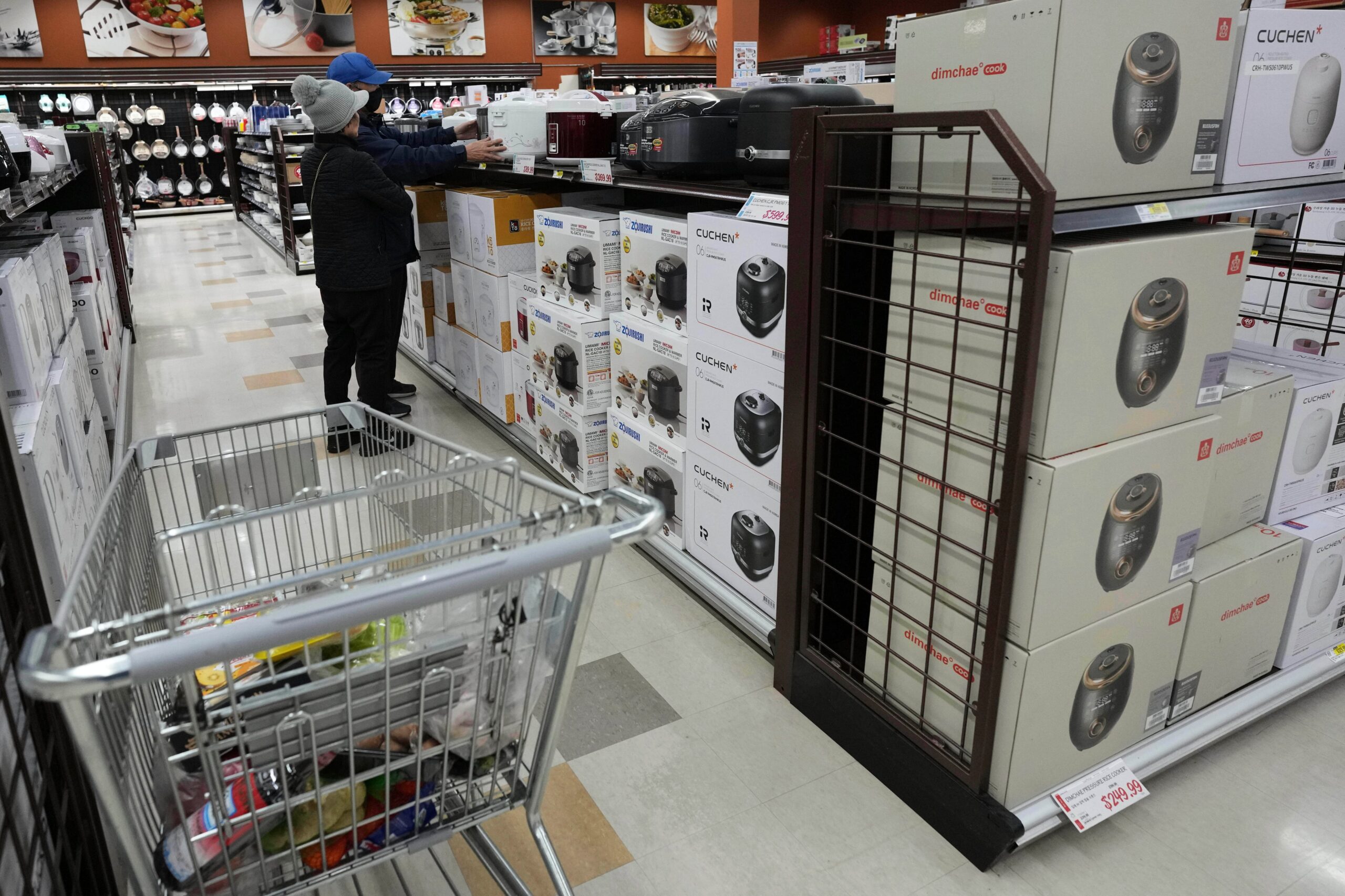WASHINGTON— Citing ongoing trade imbalances with the two vital Asian allies of the United States, President Donald Trump imposed a 25% tariff on products imported from South Korea and Japan on Monday.
Trump posted letters to the leaders of both nations on Truth Social, giving notice that the tariffs will start on August 1. In order to avoid further tariff increases by the Trump administration, the letters cautioned both nations against raising their own import duties in retaliation.
The 25% that we charge will be increased by the amount you decide to raise your tariffs, if you decide to do so for whatever reason. Trump wrote to South Korean President Lee Jae-myung and Japanese Prime Minister Shigeru Ishiba.
The letters weren’t exactly Trump’s last words on tariffs; rather, they were just one more chapter in the global economic drama that the US president has made his own. His actions have sparked concerns that economic expansion may stall, if not worsen the risk of a recession for the United States and other countries. However, Trump is certain that tariffs are required to finance the tax cuts he signed into law last Friday and restore home manufacturing.
In Monday afternoon trade, the S&P 500 stock index fell about 1%, and the interest rate on the 10-year U.S. Treasury note rose to around 4.39%, which may result in higher mortgage and vehicle loan rates.
Despite the fact that many American consumers now appreciate cars, electronics, and other products from South Korea and Japan, Trump has unilaterally imposed the taxes under the pretext of an economic emergency, claiming they are a remedy for historical trade deficits. However, it’s unclear what he stands to gain strategically from opposing China, which is another claimed justification for the tariffs, by taking on two important Asian allies that could challenge China’s economic might.
Depending on our partnership with your country, these tariffs could change either way. Both letters were written by Trump.
Trump is preparing for a potentially turbulent period of negotiations between the United States and its trading partners to achieve new agreements because the new tariff rates take effect in about three weeks.
When Trump first announced tariff rates on dozens of nations, including 25% on South Korea and 24% on Japan, the financial markets went into a frenzy. Trump announced a 90-day negotiation process that would impose a baseline 10% tariff on goods from the majority of nations in an effort to calm the markets.
Even though Trump and some government officials have indicated that the three weeks before implementation is like overtime for more talks, the 90-day negotiating process officially ends before Wednesday.
According to administration officials, Trump is depending on tariff revenues to partially offset the tax cuts he signed into law on July 4. This might result in a larger portion of the federal tax burden falling on the poor and middle class because importers would probably pass along a large portion of the tariffs’ costs. Instead of raising prices in ways that could exacerbate inflation, Trump has advised big merchants like Walmart to just absorb the extra costs.
Only two trade frameworks have emerged from Trump’s negotiations thus far, despite his team’s pledge of 90 deals in 90 days.
By tripling the 20% tax imposed on Vietnamese imports on all transnational trade, his trade arrangement with Vietnam was obviously intended to prevent China from passing via that nation with its commodities headed for the United States.
Although the United Kingdom’s quotas would protect that country from the higher tariff rates on steel, aluminum, and automobiles, British imports would still typically be subject to a 10% levy.
According to the Census Bureau, the United States had a $66 billion trade imbalance with South Korea and a $69.4 billion trade imbalance with Japan in 2024.
Trump’s letters state that although steel and aluminum imports would be subject to a 50% levy, automobiles would be subject to a separate 25% global duty. The goods that are not currently subject to the special sectoral tariffs would be subject to the more general 25% rates on South Korea and Japan.
Trump has previously clashed with South Korea and Japan over trade, and the new levies imply that his first-term agreements fell short of the expectations of his administration.
During Trump’s first term in 2018, his administration hailed a revised trade deal with South Korea as a significant victory. Additionally, in 2019, Trump signed a limited agreement with Japan on digital trade and agricultural products, which he described at the time as a major win for American farmers, ranchers, and producers.
